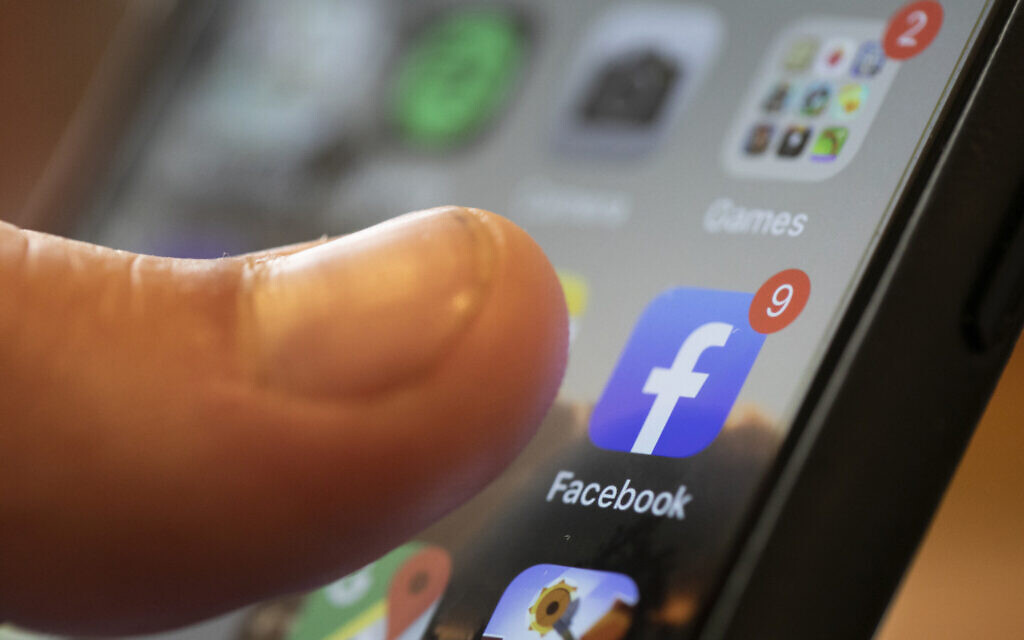Time is Running Out to Upgrade US Immigration Policy
Between ludicrously long backlogs and outdated policy, the current state of the American immigration system is a lose-lose. But, if Congress acts quickly, they might be able to change that.
The U.S. currently has a processing backlog of about 1.4 million employment-based green card applications, which — barring extensive reform of immigration policy — is on pace to take almost two centuries to complete. This year’s annual defense bill will likely be Congress’ only chance to resolve this issue for several years to come.
The green card pileup mainly affects skilled workers from countries with the largest populations. At the current rates, about 200,000 skilled Indian immigrants are likely to die before they receive a green card, a process that is expected to take until the year 2216, a whopping 194 years from now. In addition, hundreds of thousands of foreign-born children of H1-B visas will have to switch over to international student visas or self-deport, despite having lived in the country legally for nearly their entire lives. The only way to resolve this issue is to include the original versions of the National Defense Authorization Act (NDAA) and U.S. Innovation and Competitiveness Act (USICA) in this year’s defense bill.
The U.S. economy depends on skilled immigrant labor, now more than ever. In 1990, Congress set an annual limit on employment-based green cards at 140,000 and temporary H1-B visas at 65,000. This limit has failed to keep pace with rapid technological advances which have dramatically accelerated the demand for high-skilled workers. The centuries-long current backlog for green card holders is not only unnecessary — it’s actively harmful.
A report from the National Association of Manufacturing and Deloitte found that the United States will have 2 million unfilled STEM jobs by 2025 due to a lack of qualified candidates. These jobs can’t be filled domestically, and the shortage is crippling the United States’ ability to compete on the world stage. China now produces over twice as many engineers per capita as the U.S., as domestic enrollment in programs such as electrical engineering continues to decline.
The original USICA included exemptions for STEM advanced-degree holders from annual limits on green cards, helping high-skilled immigrants from countries like India and China to avoid protracted visa backlogs, and attracting more international students. The Senate version of the bill guts these provisions, and House Minority Leader Kevin McCarthy (R-Calif.) has declared that he will not bring any immigration bills to the floor should Republicans take the majority in the upcoming midterms. The only way to resolve the backlog and put the United States on a trajectory to alleviate the dire STEM worker shortage is to pass the original USICA in this year’s defense bill.
In addition to green card backlogs, there are about 200,000 foreign-born children of H1-B workers facing deportation when they turn 21, colloquially referred to as “documented dreamers.” Dr. Dinsha Mistree, a Research Fellow at the Hoover Institution, explains, “We’ve got a lot of people who have come here as children of H-1Bs at the age of six months. Because of the current process, their parents won’t be eligible for green cards until those kids are twenty or thirty. When you’re 21, you are no longer eligible to be sponsored by your parents. So we’re going to have a number of kids here legally who are going to come of age, and then at 21, they’re going to have to get a university or employer to sponsor them, or they’re going to have to go to their home countries, which they haven’t lived in their entire lives.” The documented dreamer problem, in addition to creating chaos and uncertainty for so many children, has severe negative ramifications for the country at large.
Aside from the humanitarian challenges posed by the mass deportation of children who have been legally raised in America, the situation also raises economic concerns. Taxpayers invest hundreds of thousands of dollars to educate each child. Deporting them would render that investment wasted. The NDAA includes a bipartisan provision to protect the children of green card applicants who face deportation when they age out of eligibility to remain on their parents’ visas. Failure to pass this act as part of this year’s defense bill could have catastrophic impacts.
All in all, U.S. immigration policy has failed to keep pace with the changing economic landscape, creating chaos in the lives of millions of immigrants, worsening the STEM worker shortage, and threatening future economic prosperity. Given the likely Republican midterm victory, and the subsequent moratorium on immigration bills being brought to the floor as a result, this year’s defense bill marks the last opportunity to resolve these issues for the foreseeable future.
Policymakers need to act now.







